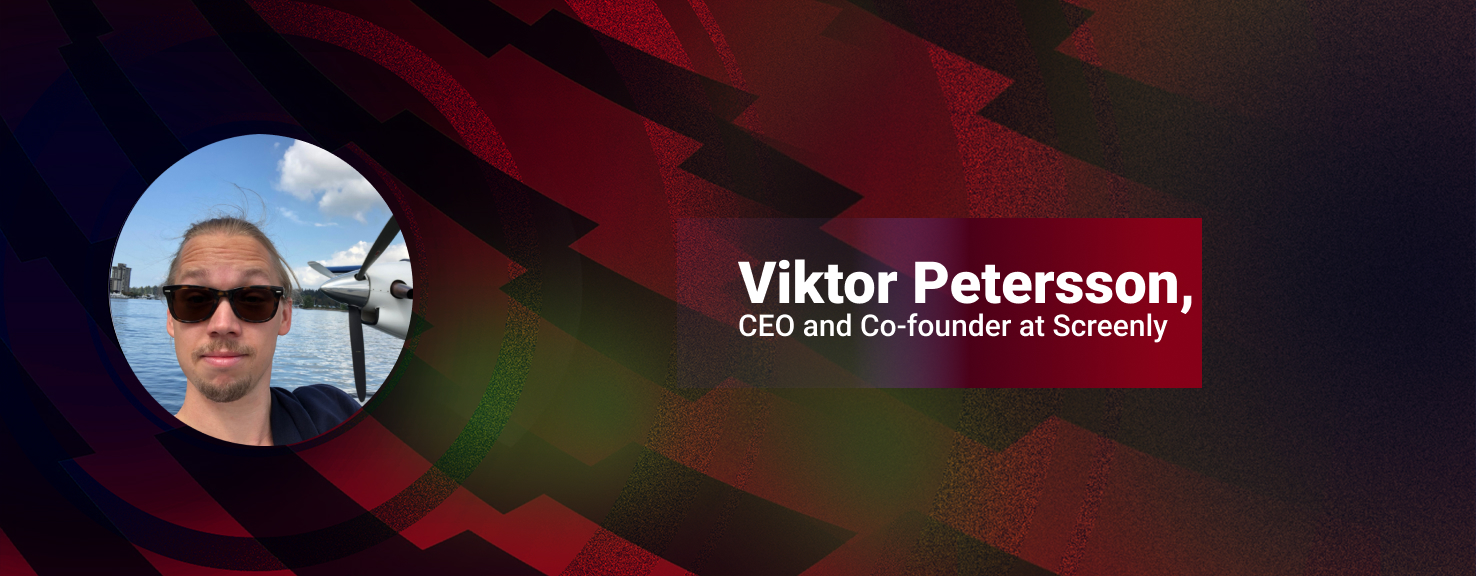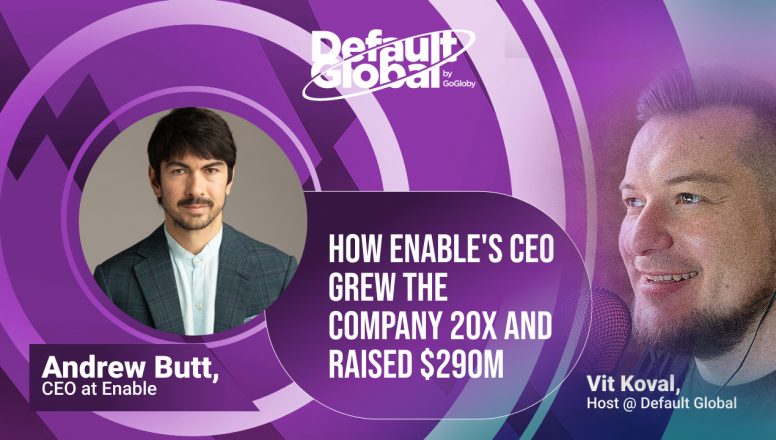Meet Viktor Petersson, CEO at Screenly:
Meet Viktor Petersson, the visionary CEO of Screenly, a digital signage pioneer renowned for its remote work culture and innovative display solutions. With a decade leading Screenly, Viktor is reshaping retail and spearheading remote work integration.
On the Default Global podcast, Viktor discusses global hiring, remote work dynamics, and employment compliance. His insights on employment law and cross-border team management resonate with tech leaders and entrepreneurs navigating the modern work landscape.
Viktor Petersson’s interview explores innovation, remote work, and the future of employment. Whether in tech or fascinated by remote work’s potential, Viktor’s journey and insights inspire.
Listen Up: Viktor Petersson, CEO at Screenly — Full Podcast Episode on Spotify
Watch Now: Vit’s In-Depth Talk with Viktor Petersson
Quick Read: Viktor Petersson, CEO at Screenly, Interview Highlights
Introducing Viktor Petersson
In the latest episode of Default Global, I had the pleasure of talking with Viktor Petersson, CEO of Screenly. Screenly is a leading digital signage platform that powers over 10,000 screens worldwide. The company, which has been remote since inception, provides display management for screens in retail environments or dashboards on walls.
The Evolution of Screenly
Screenly had an interesting start. Viktor and his co-founder acquired a failing digital signage network in Sweden 10-15 years ago. Realizing that there were no effective solutions in the market to drive their screens, they decided to develop their own software. This coincided with the launch of the first Raspberry Pi, which they used to port their software, creating an open-source digital signage project.
Soon, they started receiving numerous requests for a managed version of their open-source project. This led to the creation of Screenly, a platform to manage all their screens. Over the years, they have grown organically, attracting talent and expanding their services to not just using Raspberry Pi. They bootstrapped their growth, taking no venture or angel money, and today they are deployed in numerous countries worldwide.
Target Audience and Business Model
Screenly has been gradually shifting their focus from generic signage to more technical use cases. Instead of retail, they are now more interested in selling to managed service providers (MSPs) and developers. According to Viktor, this is not only more interesting but also a market they understand better.
Screenly’s vision is to handle all the backend work of sign management, enabling other companies to develop on it. They view screens as an empty canvas that can be used to build complete solutions. Their goal is to enable developers to easily build applications that run on these devices, with Screenly taking care of everything from the hardware layer to the software update layer.
Entering New Markets
Screenly operates in more than 75 countries, but their primary focus has always been North America, followed by Northern Europe. They’ve managed to expand globally by sticking to English as the primary language, avoiding the complexities of localization. However, Viktor acknowledges that localization may be required to fully thrive in certain regions such as LATAM or the DAC region.
Managing a Global Team
Screenly has a team spread across almost ten countries, presenting unique challenges in terms of culture, compliance, payroll, and local employment laws. To navigate these challenges, they use Deal as their employer of record (EOR), which works well for some countries.
Viktor emphasizes the importance of working on exciting problems and maintaining a high bar for talent. For hiring, they look for strong GitHub profiles and contributions to open-source projects. They also host annual summits, flying in everyone to one location to spend a week together, which has proved crucial for fostering their company culture.
Overall, my conversation with Viktor Petersson offered fascinating insights into the journey of a global-first company, emphasizing the importance of understanding different markets, maintaining high standards for talent, and fostering a strong company culture.






